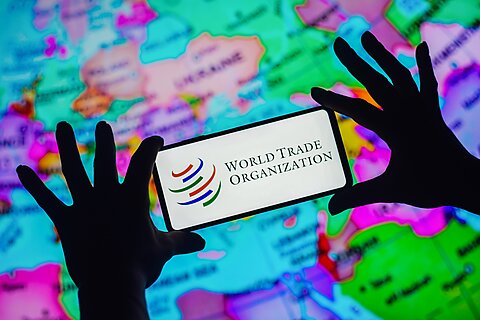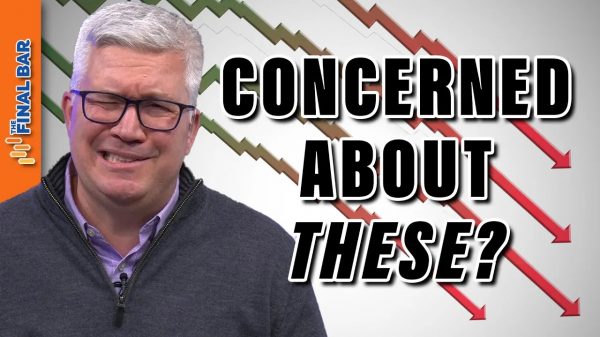Today the world is on a pure fiat money standard. Unlike the classical gold standard, there is no mechanism for maintaining long‐run price stability. Once the inflation genie is out of the bottle, the central bank may be able to tame inflation, but returning to the pre‐inflation price level is not a viable option. Therefore, it is essential that the monetary powers of central banks be strictly limited and that there be a clear separation of monetary and fiscal policy so that the central bank is unable to monetize government debt.
The challenge is to enforce a monetary rule that anchors the long‐run price level and avoids excess or deficient monetary growth. That is a difficult task because politicians are typically myopic. They tend to think in terms of policies that have immediate results rather than what needs to be done to achieve long‐run prosperity. Argentina is a prominent case: it was once one of the wealthiest nations in the world and now is plagued by hyperinflation and a 57.4 percent poverty rate.
Argentina’s Monetary Mischief
In 2023, Argentina reached an inflation rate of 211 percent, the highest since the early 1990s. That rate continues to increase as people flee the peso for the US dollar, and the central bank finances profligate government spending. Argentina’s new president, Javier Milei, has called for cutting government spending and dollarizing the economy to end the hyperinflation and restore economic growth. But his policies face political headwinds from opposition parties.
Argentina’s crisis reinforces the lesson that if a central bank becomes politicized—and lacks a guiding principle—public trust in the currency will evaporate. It also debunks the myth that money growth is immaterial in determining inflation (i.e., a sustained increase in the level of money prices). Obviously, people could not bid up prices in general if they did not have the money to do so. And only the central bank has the power to create money out of thin air and get it into circulation by buying government debt.
Figures 1 and 2 illustrate the close relationship between money and inflation in Argentina: when there is persistent growth of money above the growth of real output, inflation will inevitably follow.
The root cause of Argentina’s hyperinflation is excess money growth brought about by the central bank’s accommodation of fiscal profligacy. In effect, politicians have captured the central bank for their own benefit while others bear the cost of higher inflation. Provincial governments spend freely and run deficits knowing that the Central Bank of the Argentine Republic (BCRA) will finance them. The same is true of the federal government.
In response to COVID-19, President Alberto Fernández dramatically increased spending. As a result, the year‐over‐year money supply growth increased nearly 50 percent during the first half of 2020. To counter the inflationary impact of the stimulus spending, the BCRA established the Leliq facility that drained liquidity from the financial system by selling short‐term securities into the market. The problem, however, is that as the Leliqs matured, the BCRA had to either raise interest rates to encourage banks to buy more of them or print pesos to redeem them and face even higher inflation. The BCRA did both, as Walter Bianchi reported for Reuters in July 2020. President Milei recognizes the inflation risk the Leliq system poses, and his minister of economy, Luis Caputo, is addressing it.
With inflation skyrocketing, it has become embedded in the public psyche. The widespread expectation of future inflation has destroyed any credibility the BCRA may have had. Consequently, the demand for pesos has fallen sharply, which is to say monetary velocity has increased, further increasing the rate of inflation. That is why Milei wants to abolish the central bank and dollarize the economy.
Main Lesson from the Crisis: Money Matters
The main lesson from the Argentine experience is that money matters in determining the price level and its path. Under a fiat money regime, a purely discretionary central bank—subject to political pressure to monetize government debt—is likely to inflate and thereby erode the purchasing power of money. While short‐run changes in the price level can be caused by supply‐side shocks, the long‐run value of money is primarily determined by changes in the demand for and supply of money. Only by keeping the supply of money in line with demand for cash balances can the central bank achieve long‐run price stability and retain public trust in the currency.
Milei’s Dollarization Proposal: A Caveat
President Milei’s call for dollarization to anchor the peso means putting Argentine monetary policy in the hands of the US Federal Reserve. However, the Fed also operates under a fiat money standard and lacks a monetary rule to guide its behavior. Of course, the US dollar is a trusted reserve currency, and there is a credible line between fiscal and monetary policy, but that line is still open to political manipulation. The US government faces large and growing deficits, with an increasing risk of being monetized. So while replacing the peso with the dollar makes sense, it does not remove the threat of future inflation—albeit in single rather than triple digits.
In conclusion, both Argentina and the United States need fiscal rectitude and a rules‐based monetary policy aimed at long‐run price stability. Debunking the myth that money is immaterial in determining inflation is the first step toward a more rational monetary policy.























